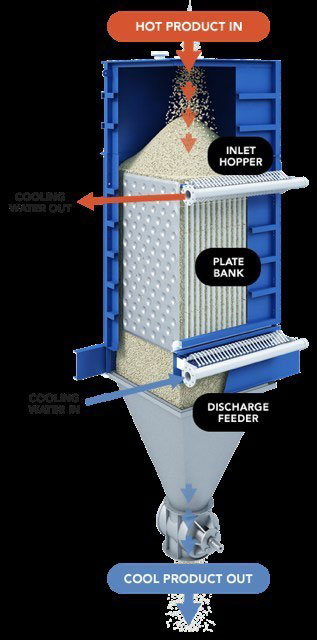
Calgary firm to install urea cooler at U.S. carbon capture plant
by Cleantech Canada Staff

Solex Thermal will install urea cooler and water temperature control module at Dakota Gasification Co. carbon capture project in North Dakota
CALGARY—Solex Thermal Inc. said it has been selected to install a urea cooler at a carbon capture and storage project in North Dakota.
According to the Calgary-based company, it will build and install a 50-ton-per-hour urea cooler and water temperature control module at a Dakota Gasification Co. (DGC) carbon capture project in North Dakota.
The project, DGC’s Great Plains Synfuels plant, captures, compresses and transports carbon dioxide emissions from a coal gasification process.
According to DGC, the plant captures more carbon dioxide emissions from coal conversion than any other facility on earth—about three million tons annually.
As much as 50 per cent of the plant’s carbon emissions are captured daily, and 8,000 tonnes of carbon dioxide is shipped by the company each day.
“We are very pleased with this award which underscores Solex’s strong experience and presence in the fertilizer market,” Solex Thermal CEO Neville Jordison said in a statement.
“The compelling energy and environmental benefits of the products we offer today are a direct result of spending over a decade working closely with our customers to deeply understand their needs and the complex processes involved.”
Solex Thermal claims its products provide lower power consumption, little to no emissions and zero product degradation thanks to its proprietary indirect plate heat exchange technology that cools the urea as it moves slowly through the unit.
Unlike more traditional methods, air is not used to directly cool the fertilizer resulting in a more energy efficient process, the company said.
This also eliminates the need for air handling equipment and the associated air emissions from the plant.
